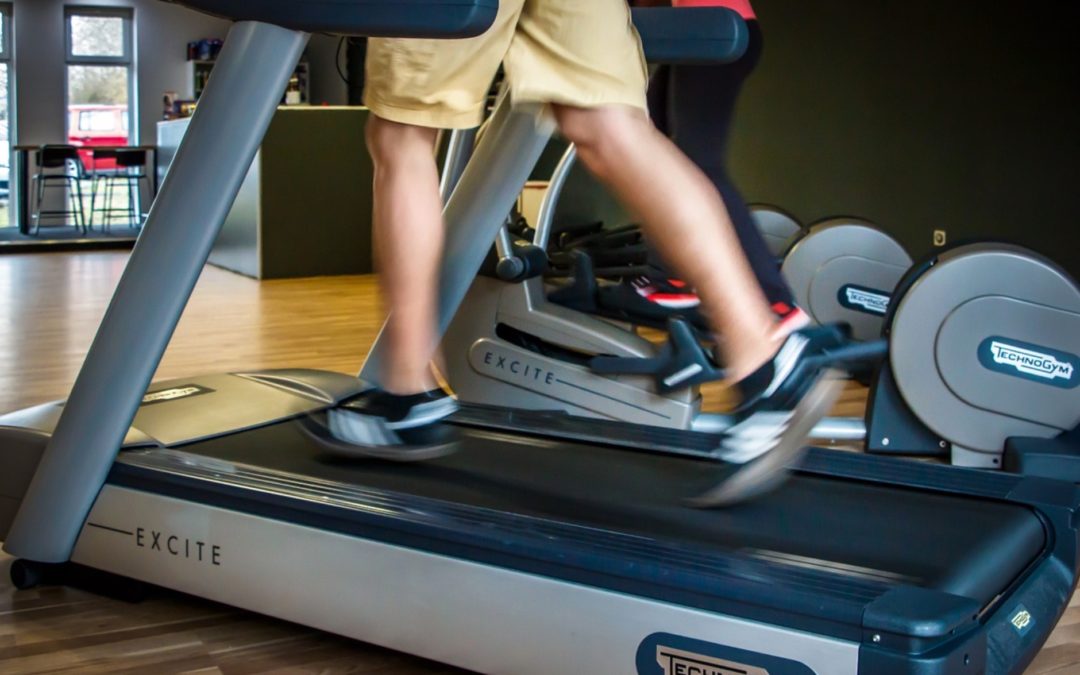There are a handful of benefits to working on a treadmill. It’s an incredible alternative for runners when unfavorable weather or safety issues make it impossible to run outside.
Make the most of the ‘mill with these tips for an effective, enjoyable, and safe treadmill run.
Warm Up
Eagerly, you can jump on the treadmill and start your workout. But similar to outdoor running, it is crucial that you warm up before getting into the more challenging aspect of your run.
A warm-up increases your heart rate, sends oxygen to your muscles, and raises their temperature so they’ll be more efficient. We suggest that you start with a 5-minute walk or easy jog on the treadmill before you pick up the pace or increase the incline.
Know Your Treadmill
To get the most out of your workout, understand the variety of functions of the machine you are using. If you are using a treadmill at the gym, you can even ask a trainer to walk you through its functions before hopping on, since it’s not always obvious at first glance. A variety of treadmills have:
A heart-rate monitor to assist in gauging the strength of your workout (although a wearable screen will probably be more accurate, and will not require you to hold the handrails).
A calorie burn calculator that shows you what you’re getting from your run–but bear in mind, these readouts aren’t very accurate, since they don’t factor in your age, weight, sex, and so forth. Nonetheless, if you do the same workout regularly and the”calories burned” number goes up, that means you’re getting more fit.
Pre-set workouts or intervals that will assist you vary your run. These can be handy because they give you an chance to just set and forget (no making adjustments and pressing buttons while you’re moving).
Speed display showing how fast you’re going. This is generally in miles per hour.
Use A Bit Of An Incline
Place the treadmill inclination to 1 to 2 percent. As there’s no wind resistance indoors, a gentle uphill simulates outdoor running.
Of course, if you are just beginning with jogging, it’s typically ok to leave the incline at 0 percent until you build up your fitness and increase your comfort level on the treadmill.
But once you are comfortable, don’t get lazy. Keeping the incline at 0 is actually similar to running on a slight downhill: Too easy! If you’re reading a complete magazine as you barely break a sweat on the treadmill, you are probably not working hard enough.
While it is not generally a good to do every run or your whole run at a hard pace (easy days are crucial), you should sometimes try to push yourself.
Try increasing your speed or incline so that you feel challenged, for at least an aspect of your workout. Interval training, where you run hard for a period of time and then cool down for another interval, is an amazing way to push the pace without pushing it for the whole run. You can do interval training once or twice a week (never two days in a row).
Don’t Make It Too Steep
At the same time, don’t place the incline too steep (greater than 7 percent)–this places too much strain on your back, hips, and ankles.
Some runners assume they’re getting an amazing workout if they challenge themselves to complete their entire run on a steep incline (anything over 2 percent).
But that much straight hill is never a good idea and could lead to injuries. Think about it: Outside, you’d never find a hill that is 3-mile at a 5 or 6 percent incline.
Avoid running at a steep incline for more than 5 or so minutes. You’ll get a lot better, safer workout if you alternate between running a few minutes with an incline and a few minutes without.
The segments that are uphill aid in building strength, and the flatter ones build stamina and endurance. Here’s a 30-minute interval workout
Don’t Hold on to the Handrail or Console
Some individuals assume that they need to hold onto the handrails when walking or running on a treadmill. However, the handrails are just there to help you safely get on and off of the treadmill.
There are an assortment of issues with holding on to the rails. First, it forces you to hunch over, an inefficient running form that can lead to neck, shoulder, and back pain. We advise you to keep your posture straight. Your head should be up, your back straight, and shoulders degree

